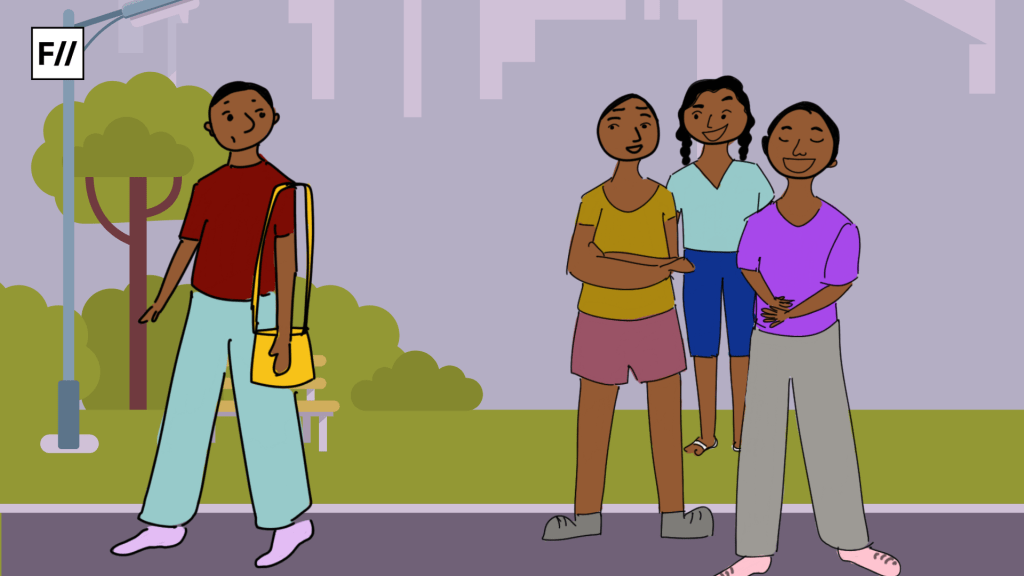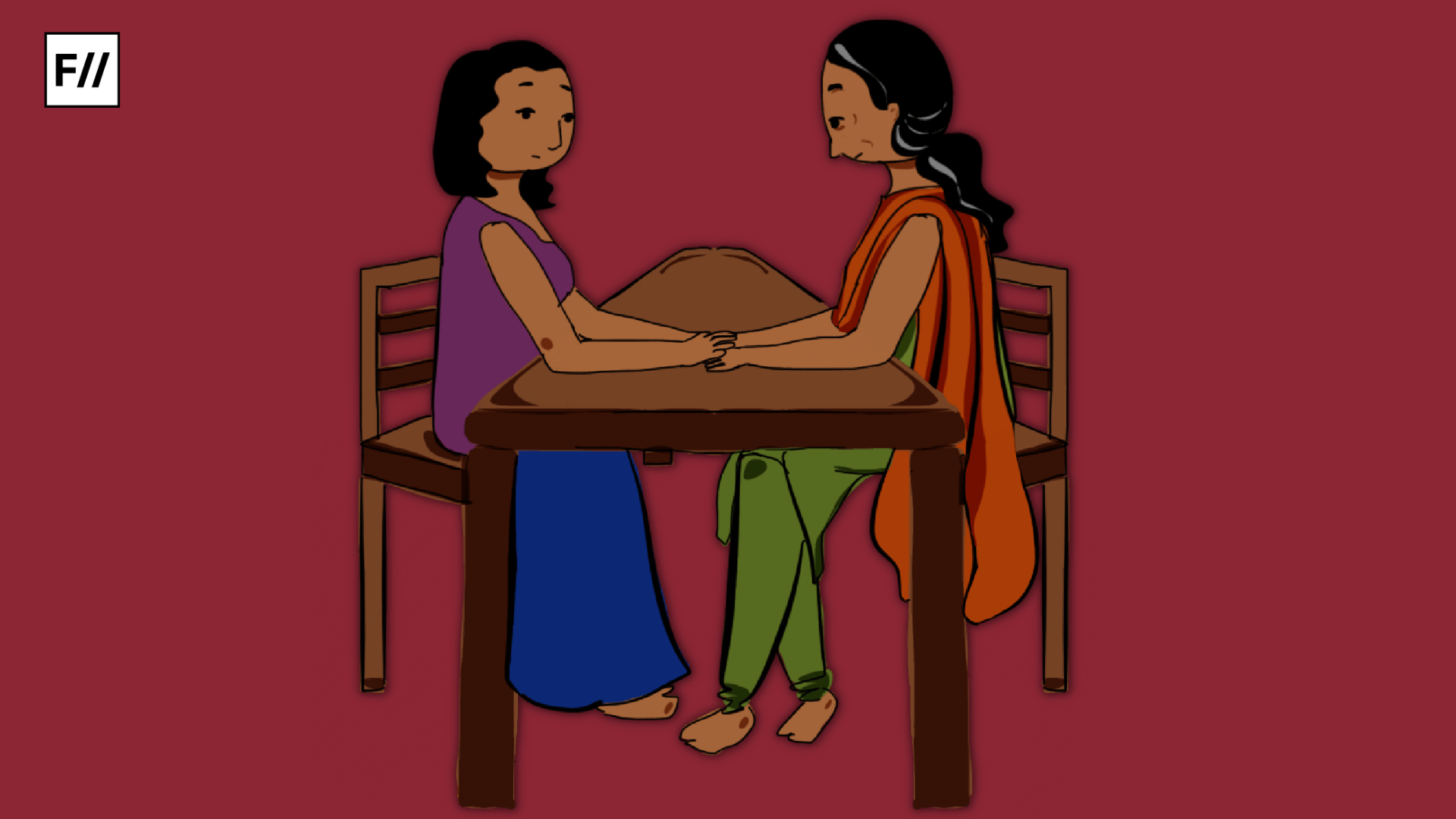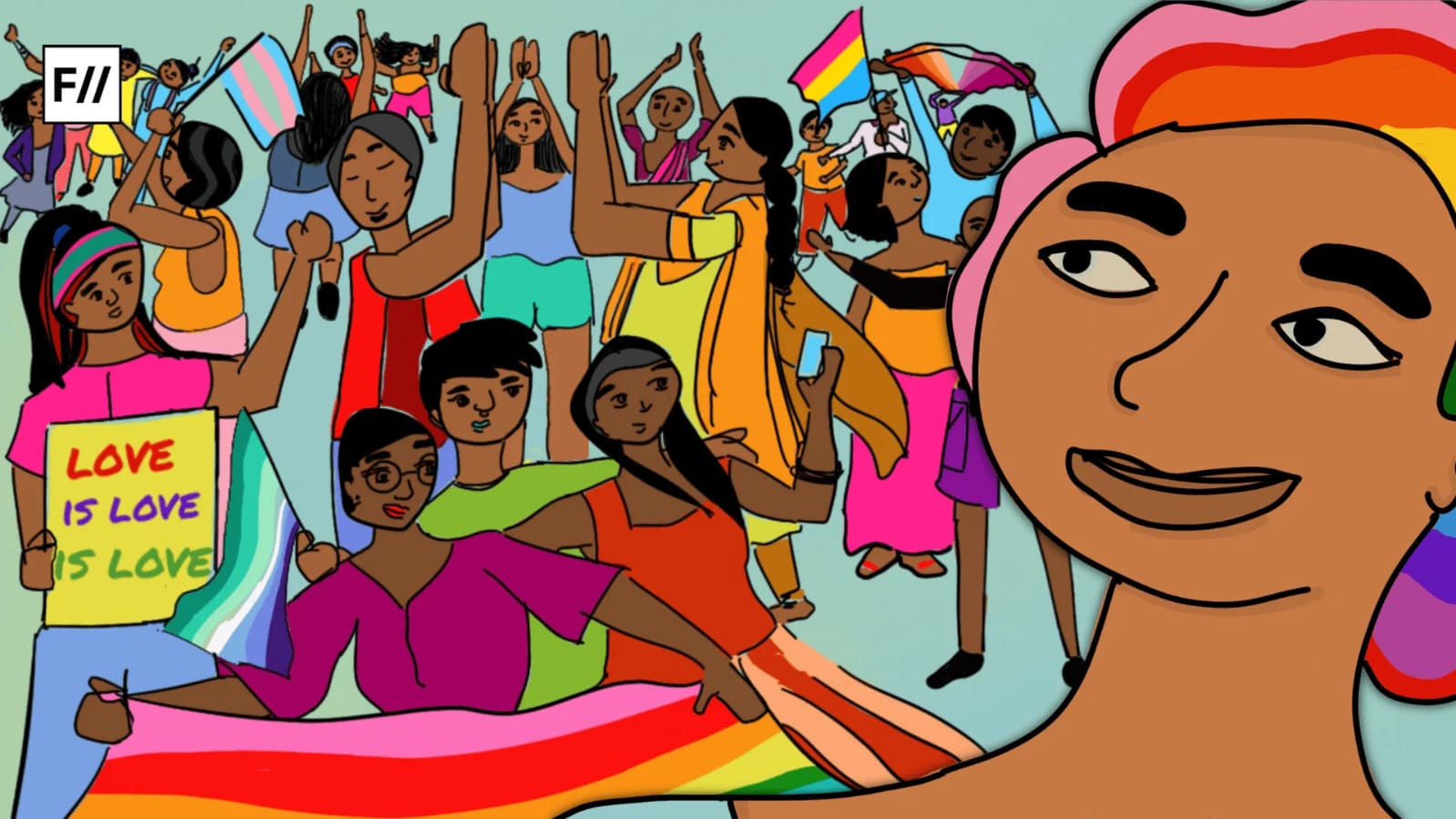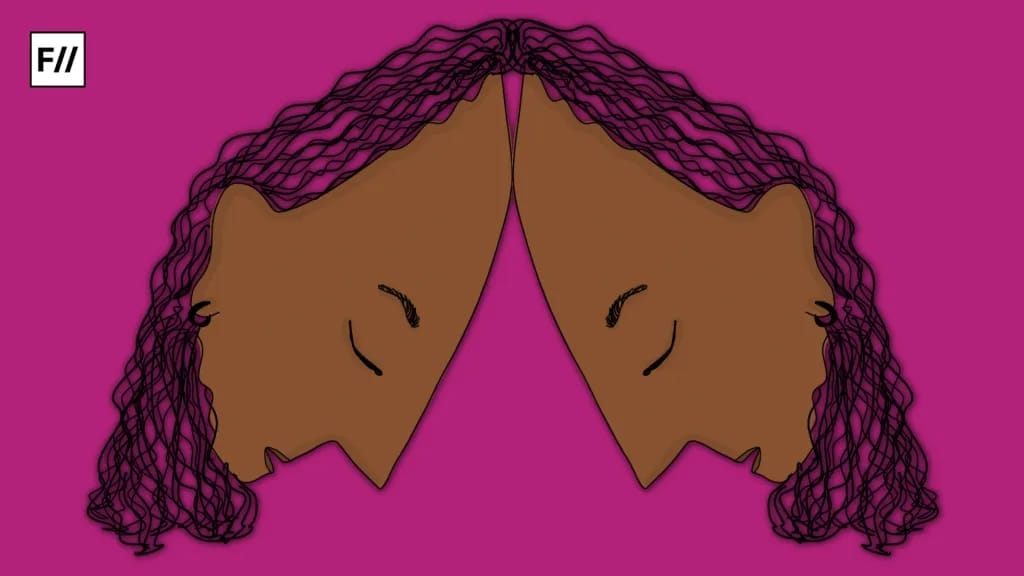Trigger Warning: Mentions of suicide, queerphobia, sexual and physical harassment.
India’s schools have children who identify as queer. This is an indisputable reality, however, it is only brought to our attention as a nation when one of them dies by suicide. Their names come up in the mainstream media, and we run #JusticeFor campaigns as a community, but the general discourse decides to treat their death as a one-off tragedy. They become the one queer student that used to be– an outlier, a deviant. Not someone whose presence was proof that queerness is not an adult topic. This individual’s untimely death serves as a stark and unfortunate reminder that we must strive for significant improvement.
However, how can society initiate improvements for queer children when people in it strongly believe that talking about the LGBTQ+ community is only for adults? All of the baseless arguments made to classify it as such can be traced back to cisheteronormative patriarchy and the authority that comes with it- from equating queerness with sex only to wanting to keep queer people from gaining access to societal acceptance. Needless to say, none of these reasons are valid because what our kids need is not discrimination, violence, and ignorance, but resources and support systems.
Queer kids exist in schools and everywhere
Queerness is not an adult topic since being queer does not require adulthood. Consider reflecting on your childhood and teenage years. Was your gender identity and sexual/romantic orientation something that you discovered as you grew older? Or did you know you were a girl/boy as a child? Did you have cute little crushes where all you wanted to do was be near a person- perhaps even before you knew that something like sex existed? It is the same for most queer children. Of course, a lot of people experience gender and sexuality in a more fluid way where it changes over time, but they need access to resources all the same.

Of course, your next question might be, how do you know when a child is queer? The answer is simple- you do not till/unless they decide to tell you. But similarly, you do not know that a child is a girl who will grow up to want to date cis men exclusively because they were assigned the ‘female‘ sex at birth.
Yet, you will tell them stories about princes and princesses and maybe host ‘women empowerment‘ assemblies for their benefit. Like all kids, LGBTQ+ children deserve to have examples of happy, thriving adults around them. They deserve to feel safe in their environment and to feel that they have mechanisms of support in moments when that safety is threatened. They deserve access to possible labels, languages, and community spaces like queer societies and story sessions so that they can make sense of their experience and be able to express it in a way that works for them.
Labels, not slurs
According to research conducted by Sahodaran-UNESCO in 2019, 60 per cent of middle and high school students in Tamil Nadu belonging to sexual and gender minorities reported experiencing physical harassment in schools. They also reported experiencing verbal and sexual abuse, and while the highest number of perpetrators of the same were co-students, teachers and school staff were also reported to be harming students in these ways.

From the classrooms to the washrooms, no part of the school seemed to be a safe sanctuary from bullying. This is unsurprising considering that there is not just an invisibilisation of queer identities but also a villainisation of them. This villainisation doesn’t start the first time that a child encounters another student who is out (or in extremely unfortunate cases, has been out to them) instead, it begins when children start hurling derogatory terms used to refer to LGBTQ+ people as cuss words to insult each other with. This is something that they learn from their environment, and we need to change the lessons that reach them.
While it may seem like any mention of Pride in schools would be ‘just‘ for the queer kids, the truth is that it would also serve to teach everyone else how to be a good ally. At best, it would be a reminder to everyone to be kind. At worst, it would make sure that they knew that serious action would be taken against queerphobia. The Child Mind Institute reminds us that “being LGBTQ+ doesn’t cause mental health problems. But because LGBTQ+ kids often face factors like rejection, bullying, discrimination, and violence, they are at a higher risk of challenges including depression, anxiety, and attempting suicide.“
Getting over the colonial hangover
It is no secret that many ‘prestigious‘ Indian schools carry forward the same colonial legacy that gave us Section 377, and we need to move beyond it. You may be wondering why celebrating Pride is something that should be a part of the environment at school. The reason for this is that the majority of other aspects of our identities are. The Western Enlightenment model, which fosters the absence of all feelings and self-expression in the academic sphere, frequently does a good job of concealing this fact. With rigid dress codes and uniforms that are extremely gendered and bans on speaking regional languages, the idea of what is ‘acceptable‘ in the environment is created. This is a false idea, for our identities are still very much present, and impact our learning process.
You cannot expect a child who is bullied every day for their identity to have the same concentration in class as a socially privileged child. Therefore, when we say that a child’s identity does not need a space in the school, what we are saying is that we are happy for it to occupy a discriminatory space while we look the other way. Schools should be a place of learning and growth, not curtailment. When children can bring their whole selves to school, they can thrive and grow in a way that colonialism would not want them to grow so that the status quo power structures can be maintained.
What Pride in schools look like
Pride in schools looks like Pride flags on campus to remind everyone that queer people are welcome here. Pride in schools looks like the curriculum is moving beyond cisheteronormative examples and discussions. Pride in schools looks like children having access to the language and resources that they need. Pride in schools looks like LGBTQ+ icons being celebrated all year long. Pride in schools looks like queer teachers and staff being able to be out and proud. Pride in schools looks like allyship taking the place of bullying. Most importantly, Pride in schools looks like fewer kids dying because we finally told them that we want them to stay.
About the author(s)
Khushi Bajaj (she/her) is an intersectional feminist and writer who holds an MSc in Media and Communications from the London School of Economics. Her work has previously been published by Penguin Random House, erbacce-press, Metro UK, Diva, Hindustan Times, and more. She is passionate about advocating for social justice and believing in the revolutionary capacity of kindness. She can be reached through email (khushi.bajaj1234@gmail.com).




